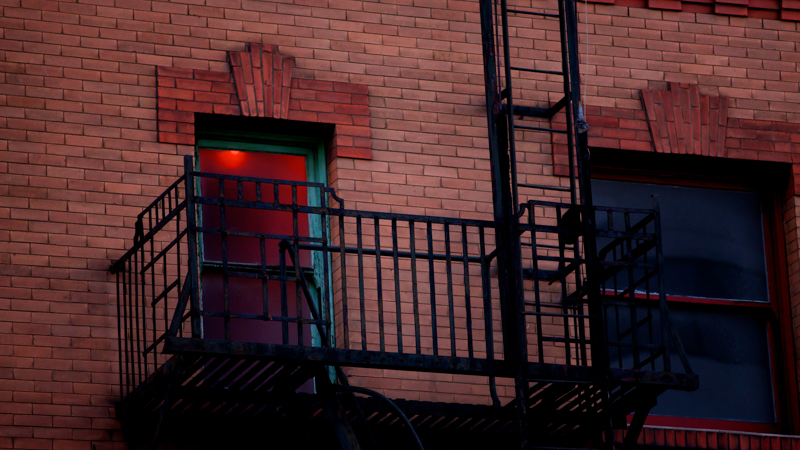This is a very creative style. However, poems should continue to embrace deeper meaning (vertical axis) along with an interesting, visual storyline (horizontal axis). The poet may manipulate the forward momentum as he/she sees fit - slowing or speeding the reader's experience through the use of space and word placement.
Example:
u
nder
thepo
intedhat
apuddleofwitch
Carlos Colón

Modern Haiku are poems that have three lines but not necessarily short/long/short and vary in length at poet's discretion. Furthermore, these haiku do not require a formal "cut-marker" (kireji); rather, it can be indicated by syntax. This technique often brings about additional ambiguity and allows the reader to dig deeper into his/her creative force, experience and co-participation.
Subjects vary from nature, to urban, to war, to all things of life and death. There is no rule or demand regarding subject. (We do not regard senryu to be Modern Haiku.)
The common "phrase and fragment" aspect of haiku must be maintained. Modern Haiku remains a genre of comparison - part one compared to part two brings out the unsaid and, therefore, additional meaning.
Summary of requirements:
- 3 lines
- a "cut" (though not necessarily marked) (indicated by syntax)
- deeper meaning through comparison (provided by the phrase/fragment structure)
- season indicator, kigo, zoka reference is not necessary though acceptable
- poetics and aesthetics are encouraged to avoid shallow three line lists of words
Example:
from a bad dream
my eyes split-open
the singing dawn
Kala Ramesh
